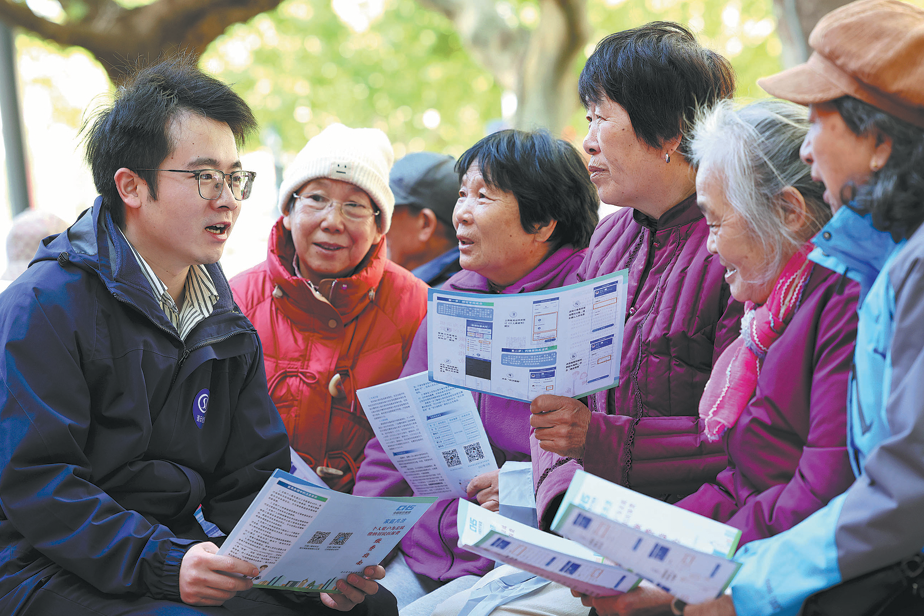Drought batters farmers in California
By LIU YINMENG in Los Angeles | China Daily | Updated: 2022-04-26 09:31
Persistent dry spells in the western United States are taking a toll on California's $50 billion agricultural sector, with many of the state's farmers struggling with meager water supply.
With more than 95 percent of the nation's most populous state now classified under severe or extreme drought according to the US Drought Monitor, the dry conditions show no sign of letting up.
"We are now dealing with our third year of the drought, and we have had very significant water cutbacks that have had dramatic effects on both our agricultural communities as well as our rural communities," Ryan Jacobsen, CEO of Fresno County Farm Bureau, told China Daily.
The prolonged drought has severely affected the state's agriculture sector. It is constraining water sources critical to irrigating fields, leading to idled farmlands, higher farming costs and reduced crop revenue.
Alvar Escriva-Bou, senior fellow at the Public Policy Institute of California, said during a webinar last week that the drought, fueled by climate change, has reduced California's surface water deliveries to farms by 0.68 million hectare-meters last year, which is 41 percent below the 2002-2016 average.
The low availability of surface water caused farmers to pump more groundwater to try to mitigate expenses, which led to about $200 million in extra costs of pumping for farmers, he said.
The water shortage has resulted in 161,874 hectares of fallowed lands and caused direct economic costs of $1.1 billion, with roughly 8,700 jobs lost. But its impact extends well beyond agriculture. When taking into account upstream sectors, which supply goods and services to agriculture, the estimated economic impact of the drought is $1.7 billion in revenue losses and 14,600 in lost jobs, according to state officials.
The drought has hit the normally water-rich northern region especially hard, Escriva-Bou said. He estimated that compared to last year, 2022 is going to be much harder across California.
Nicole Montna Van Vleck, president and CEO of Montna Farms in Sutter County, said water allocation from the Sacramento River is between 15 to 18 percent.
The water-scarce condition in Northern California has had a direct impact on Fresno County, which is located in water-poor San Joaquin Valley and relies on the Central Valley Project as a major source to bring water from the northern part of the state to the region through a series of canals, aqueducts and pump plants.
Farmers in the west side of the county received no water allocation last year and this year, Jacobsen said. They have suspended the planting of annual crops such as tomatoes, onions and garlic to keep the permanent crops, or long-term investments, alive.
But due to the surface water supply cutback and the Sustainable Groundwater Management Act, which was passed by the state in 2014 to halt the overdraft of groundwater, some farmers will even remove permanent crops, simply because they do not have enough water, Jacobsen said.
"If they can't find water, the cost of it is extraordinarily expensive, and that product doesn't justify being able to afford the water to grow that crop," he added.
























